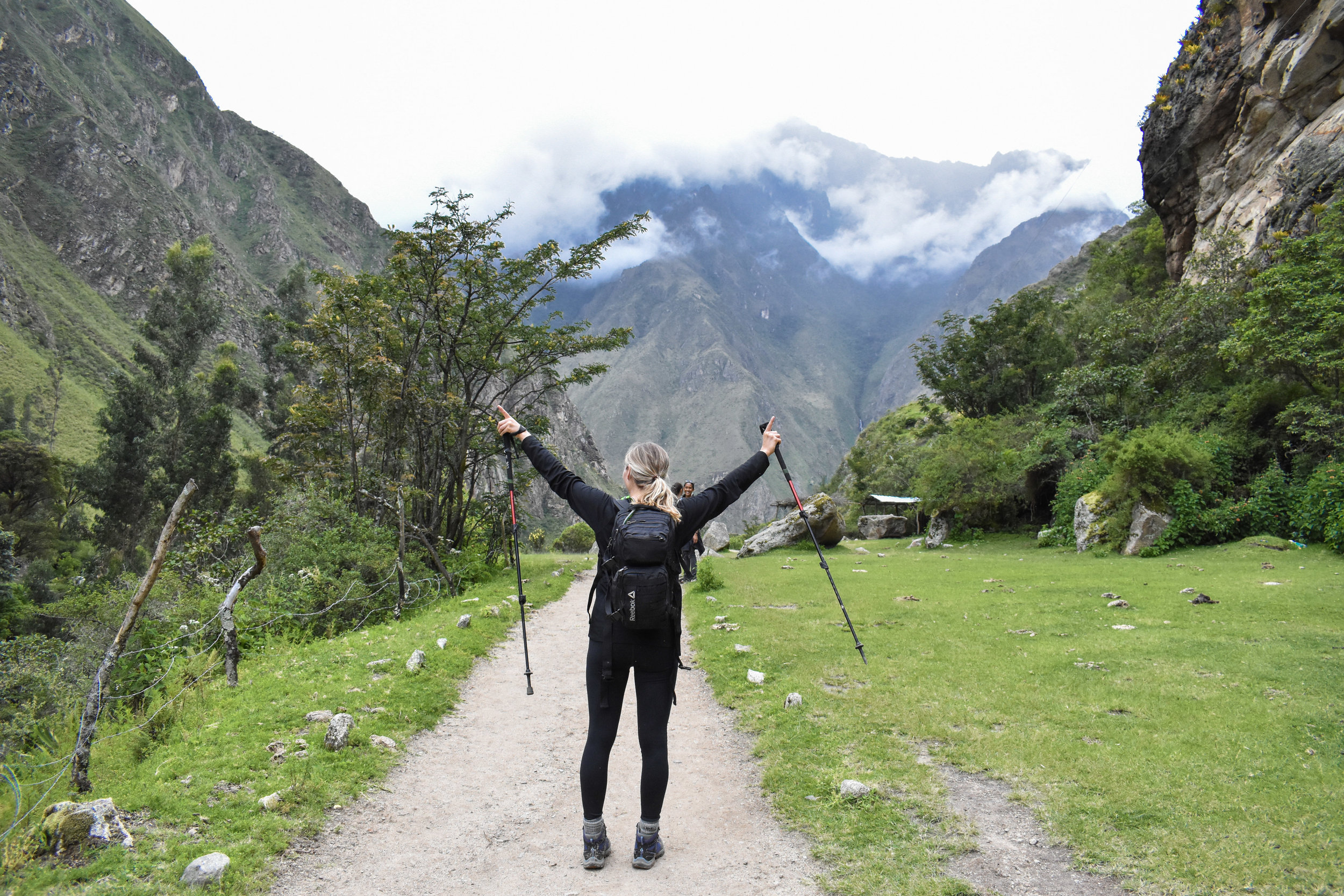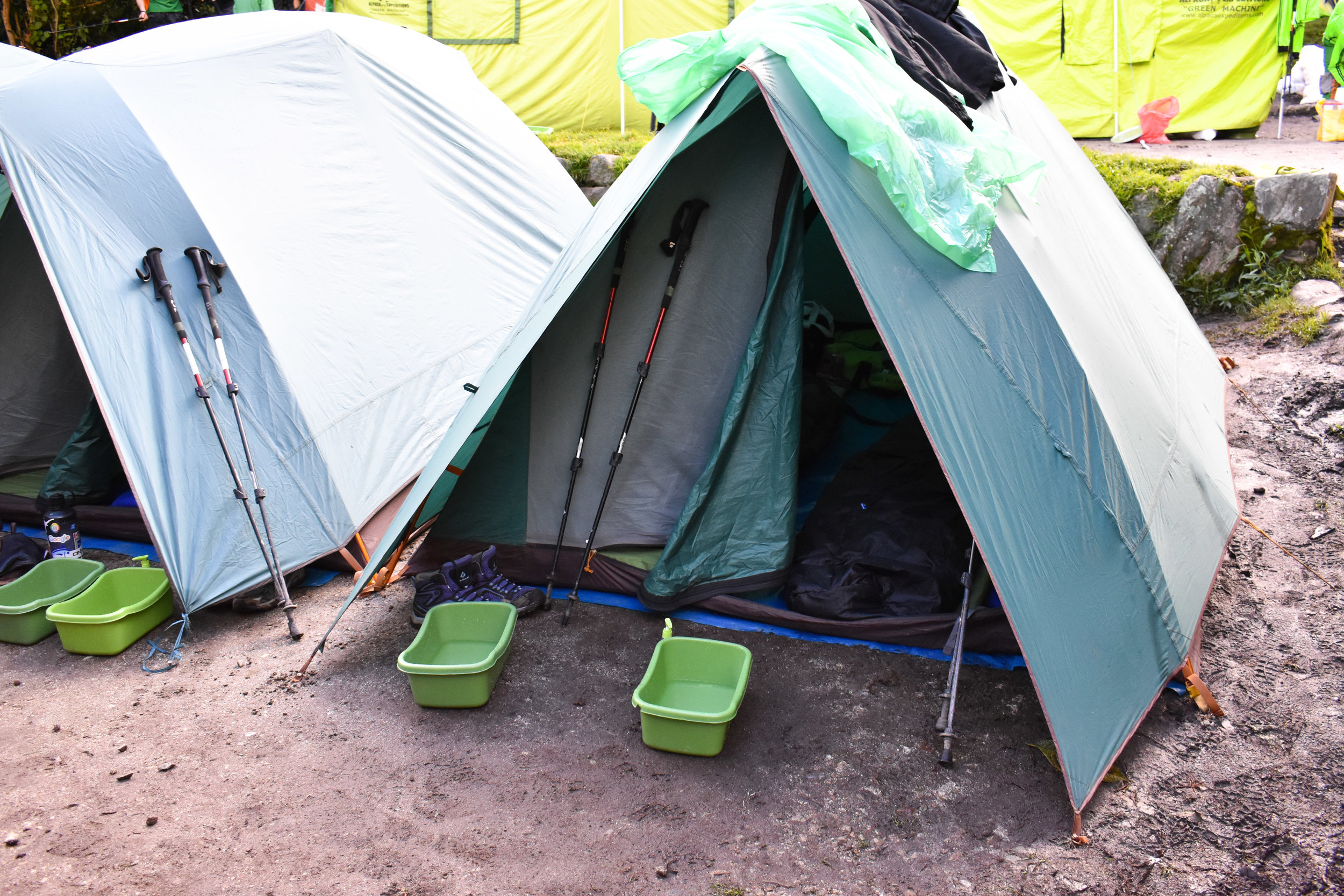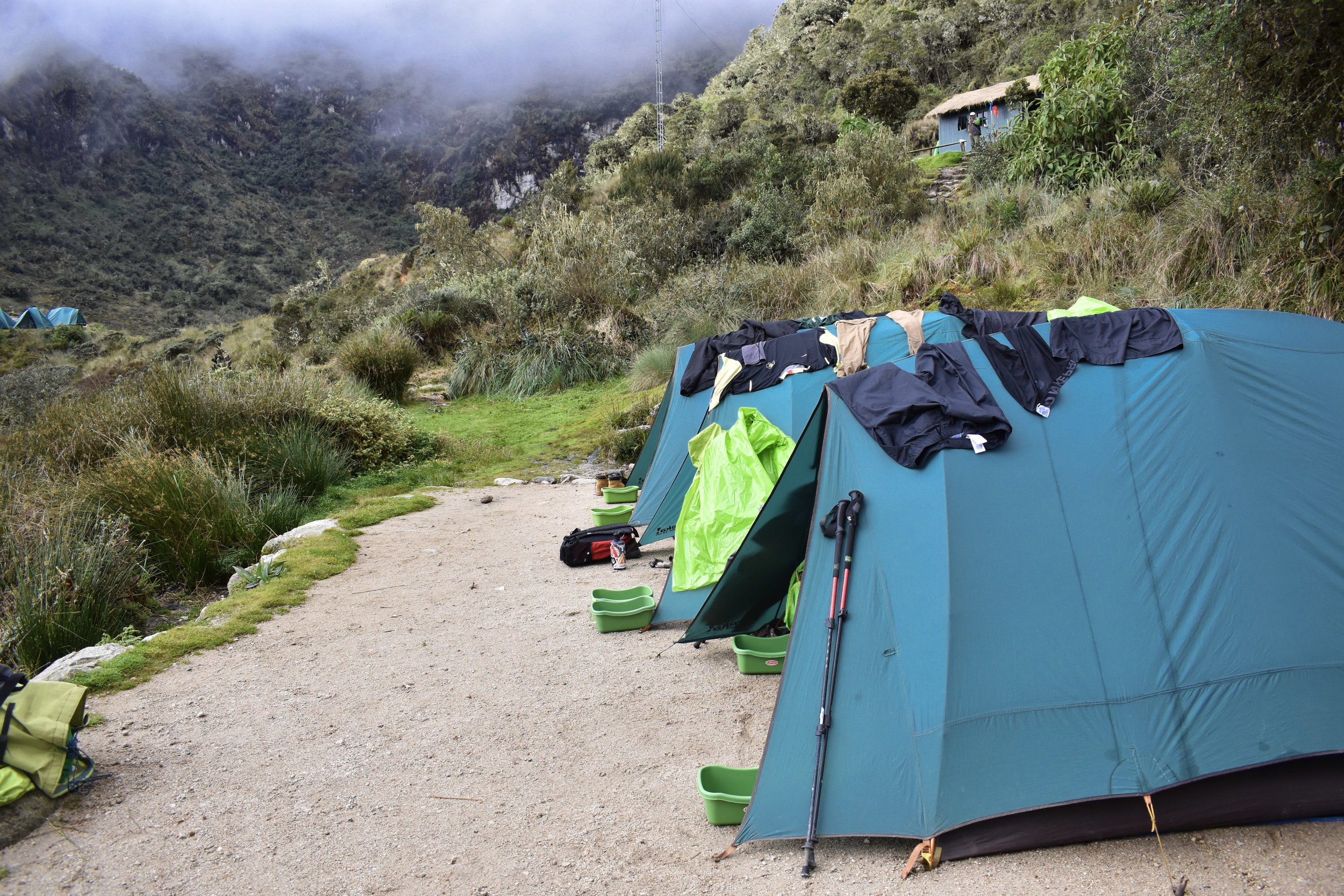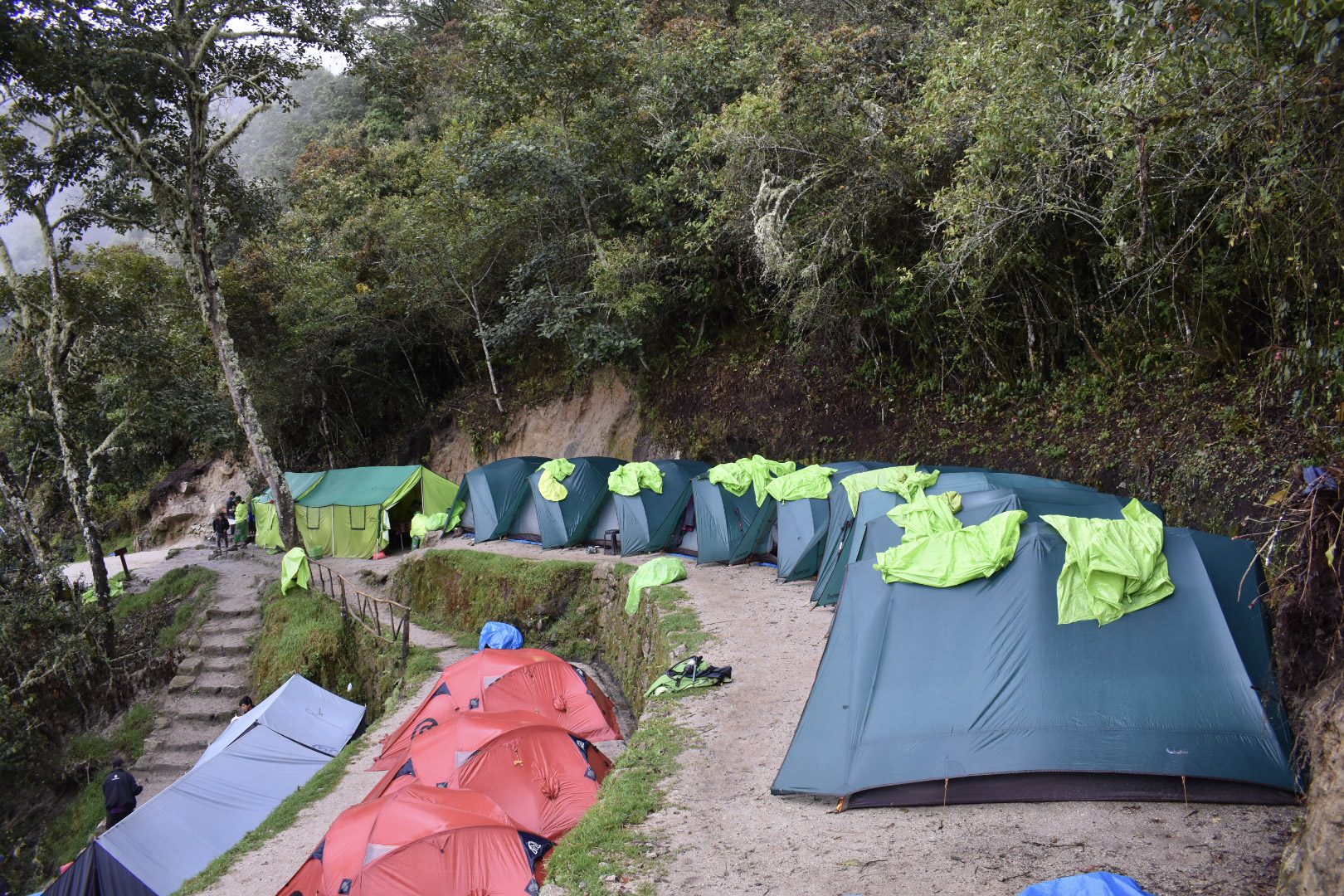What to Pack for the Inca Trail
Packing for the Inca Trail can feel daunting. You're trekking for 4 days and 3 nights, and sometimes you're experiencing all four seasons in one day. You don't want to overpack; you don't want to underpack. I get it - I did it. Here's everything you need to know about packing, including a super simplified packing list, notes on what should go in your daypack and a quick rundown of how the packing process works with the tour company.
PACKING LOGISTICS
Typically, your tour company provides you with a duffel bag that your porter* will carry for the trip. This happens the night before your trek, during your briefing. Everything you pack in your duffel must not exceed 7kg/14 lbs, including sleeping bag + air mattress, which is around 3kg if you're renting from the tour company. Your duffle bag will remain with the porter all day and you will not have access to it until you reach the campsite for the night. If there is anything you need during the day it should be in your daypack, not your duffel bag.
* I highly, highly, highly.... recommend you get a porter to carry your belongings. While some tours include this in the base price, like Alpaca Expeditions, many do not. It's worth spending the extra cash. Trust me. Keep your daypack light and filled with only the things you need and you'll have a more enjoyable experience.
PACKING TIPS
Don't pack anything cotton, it takes too long to dry. Stick with moisture-wicking materials (think polyester, nylon, spandex).
Pack all of your belongings in plastic bags. Duffle bags and daypacks often aren't 100% waterproof, so you'll want the extra protection, plus it's a helpful way to stay organized. I used these bags which sealed my clothes air-tight.
PACKING LIST
Storage
Day Pack, 18L - 25L (20L is the perfect size, like this one from Eddie Bauer)
2L Water storage
Shoes
Hiking shoes (I have the Vasques Inhaler II GTX and they're a m a z i n g)
Comfy shoes for campsites (light-weight sandals, feels good to release those toes)
Clothing
2 moisture-wicking tank tops or t-shirts
2 long-sleeve shirts
1 fleece sweater (This White Sierra sweater was perfect for cold mornings & nights)
2 leggings
1 thermal sleeping set
2 sports bras
4 undergarments
4 hiking socks
Rain + Warm Gear
1 warm rain jacket (recommend down fleece here)
1 waterproof hiking pant
Waterproof gloves
Poncho
Daypack cover
Sun hat (or baseball cap)
Wool hat
Accessories
Sunglasses
Camera and extra batteries
Headlamp (*this is a must*)
Toiletries
Emergency kit (band-aids, hydrocortisone, blister kit, ibuprofen, imodium, pepto bismol)
Insect repellent
Toilet paper
Small towel
Deodorant
Baby wipes
Hand sanitzer
Skin care products (wash, moisturizer, toner, sunscreen)
Dental kit (toothbrush, toothpaste)
Lip balm
Hair care (hair brush, hair ties, dry shampoo)
Electrolyte tablets
Earplugs
Miscellaneous
Notebook + pen
Book
Snacks
Down-fleece sleeping blanket (THIS IS THE BEST THING YOU'LL PACK. Super lightweight & will keep you warm no matter what)
Plastic bags for dirty clothes and to keep your stuff dry (These compression ones are the best)
DAILY OUTFIT
Tank or short sleeve
Long sleeve
Legging
Hiking pant
Sweater
Rain coat
DAYPACK CONTENTS
All rain gear (hiking pants, rain coat, poncho, daypack cover)
Hats + gloves
Any clothes from daily outfit you aren’t wearing
Water
Key items: camera, phone, money, toilet paper, sanitizer, repellant, sunscreen, wipes, emergency kit
SUGGESTED RENTALS FROM YOUR TOUR COMPANY
Sleeping bag ($20)
Air mattress ($15)
Walking sticks ($15)
Foam mat (free)
Tent (free)
Daypack cover (free)
Small pillow (free)
Rain poncho (free)






